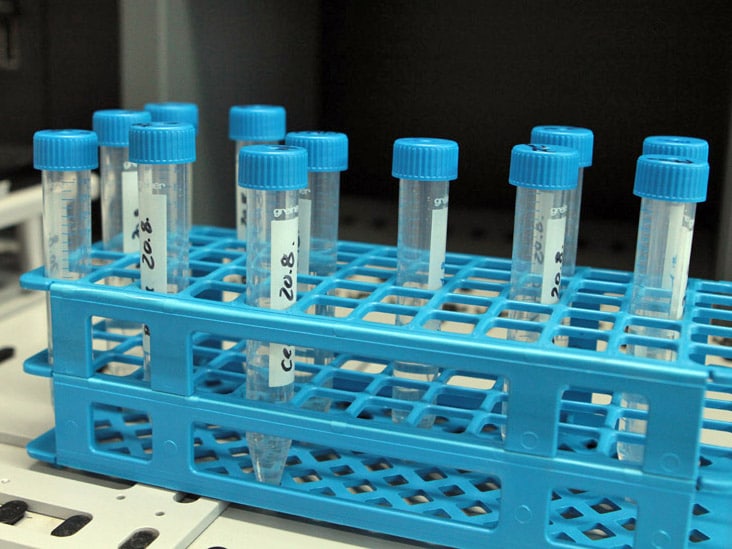Synthesis and meta-analysis of microbial data for the Biodiversity Exploratories

1. soil microbial diversity is not randomly distributed but shows predictable patterns.
2. changes in microbial diversity are linked to nutrient cycling, land use gradients, plant
diversity and productivity.
3. gene and enzyme expressions control the diversity of soil properties at the cellular level.
4. bacterial species composition determines community-level variability.
5. interaction of soil organisms with their environment occurs at the habitat level.
Soil microbial communities have the highest diversity.
The high number of specific physiological activities of soil bacteria make them important components of biogeochemical nutrient cycling, soil fertility and pest control. Substrate affinity, specific turnover rates as well as metabolic regulation can differ significantly in different bacterial species. Soil fungi play a central role in the degradation and utilisation of poorly degradable carbons. Soil protozoa consume bacteria and thus form the basis of the food chain of higher organisms (up to animals and plants). In addition to the high microbial biodiversity, the heterogeneous structure of soil on the microscale (a few micrometres) poses an additional methodological and conceptual challenge for research into the relationship between microbial diversity and biotic as well as abiotic environmental conditions. While research on higher groups (animals, plants) has provided in-depth insights into the structure and interaction at various levels of the food chain, knowledge about the mechanisms of functional coupling of different microbial groups, the different levels of the trophic food chain, ecosystem functions and land use is still very limited.
Our project aims to develop novel approaches to integrate and model the diversity of bacteria, fungi and protozoa in a meta-analysis. The aim is to develop new hypotheses on biotic-abiotic interactions and thus predict biodiversity patterns more precisely. The results will then be tested by experimental approaches in the Biodiversity Exploratories. The following plan goals or core questions are to be pursued:
1. determination of a-, ß-, y-diversity of microbial communities as well as spatial dispersal
patterns of species.
2. to resolve temporal changes in the structure and function of microbial communities.
3. what is the degree of functional redundancy?
4. what influence does land use have on the diversity of bacterial species and thus on
ecosystem functions?
5. How can interactions between microbial communities and higher groups be integrated into
food webs?
6. What environmental factors drive the composition and function of soil organisms?
7. What are the linkages between organisms living in the soil (belowground) and those
inhabiting the soil surface (aboveground)?
8. to develop strategies to make molecular data collected by different methods comparable.
This increases the potential to better compare different organismic groups. 9.
9. develop new tools for biodiversity, statistics and modelling to better analyse microbial
diversity.
At the beginning of the project, an inventory of all available data sets and multivariate analyses carried out so far will be made. Furthermore, bioinformatics analysis procedures (pipelines) are to be developed in a coordinated approach in order to be able to compare data of different resolution and quality.
Based on the experience of the participating research groups, the multivariate analysis techniques will be further developed. The concept of price equation will be used to quantify the separate effects of phyiological, evolutionary and genetic changes in communities. Pathway analysis and structural equation models will also be used to elucidate causal relationships and feedback mechanisms in soil ecosystems.
The aim is to identify ecological networks with their key species and to explore their changes as a function of the land use gradient.









